An experience for all the senses: An exhibition at Kunstverein Frankfurt invites viewers to immerse themselves in virtual and constructed worlds
“I have vertigo already” – “Oh my God, it’s terrible!” – “That’s really cool” – “Far out, man!” It doesn’t happen every day that you see visitors to an exhibition quite so moved, involved and carried away. A cluster of people has formed around the female visitor currently flying through the gaps between skyscrapers like a superhero. Previously, she stepped out of a high-rise elevator with nothing but a wooden board in front of her, installed above the skyline at a height of 160 meters. And even though it is worth mentioning that this is a virtual reality game, the fact does not change the intensity of the individual experience.
The game by Australian developer collective Toast is called “Plank Experience” and requires virtual-reality (VR) glasses and a controller. “Experience” is the word that best fits the virtual environments currently on show at Kunstverein Frankfurt. Visitors have to put on the VR glasses for themselves in order to give themselves over to the experience in question. And the experiences are almost completely immersive. Even standing in the elevator (which is of course purely virtual, but this is quickly forgotten) as it rises ever higher upwards, many will break a sweat. Then the door opens. The board is in front of your feet (a board also lies in front of the user in reality, in order to further heighten the effect), beneath it a drafty and terrifying chasm.
This is really uncomfortable
The VR experience engrosses you, captivates all of your senses. The vertigo and the trepidation, but also the freedom felt in flight (which may be selected instead of the board experience) are immediately physically palpable. The sounds of the people in the room around you at some point begin to sound like noise interference from an oddly distant world. Those caught up in the virtual-reality experience seem somewhat helpless at times – and not just in their movements. “This is really uncomfortable. Because I’m looking down so many meters,” says a viewer daring to engage in the “Plank Experience”.
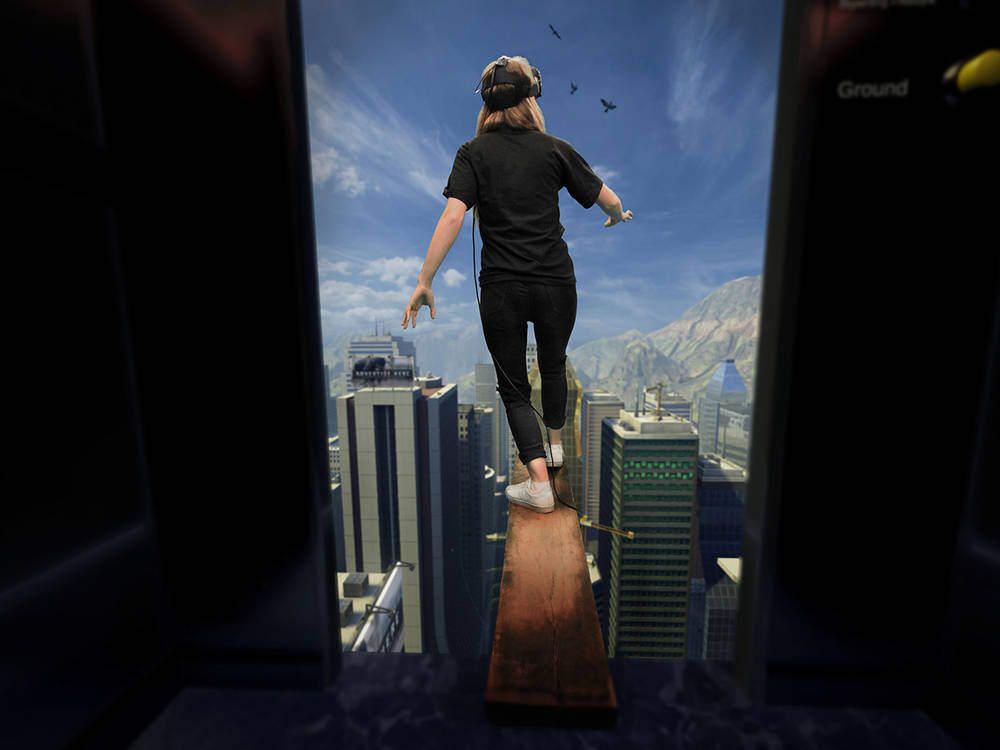
Next to him, a young man wearing VR glasses sits on a (real) swing. Moving faster and faster, it looks like he never wants to stop. A nearby monitor gives a clue as to why: He is swinging ever higher, into lofty heights towards the sky of a virtual landscape. Meanwhile his friends are lining up to have a go. They might not even be aware that the VR swing, also titled “Swing”, was developed by the artists Christin Marczinzik and Binh Minh Nguyen. It seems as though the exhibition also draws visitors who otherwise don’t move in artistic circles.
The space stretches to infinity
How pale “analog” art that you see elsewhere can suddenly seem in comparison, how rigid and forced into a corner! Primarily challenging the intellect, it is powerless against the immediacy of virtual high-altitude flight. Which luckily cannot be said of Hans Op de Beeck’s spatial installation “The Garden Room”. Op de Beeck has created a room inside a room, kept almost entirely in monochrome gray. Viewers find themselves in a pavilion of sorts, a pond with waterlilies in the middle, some trees, sofas and an animal figure. Some areas of the room are covered in mirrors, such that it seems to stretch into infinity.
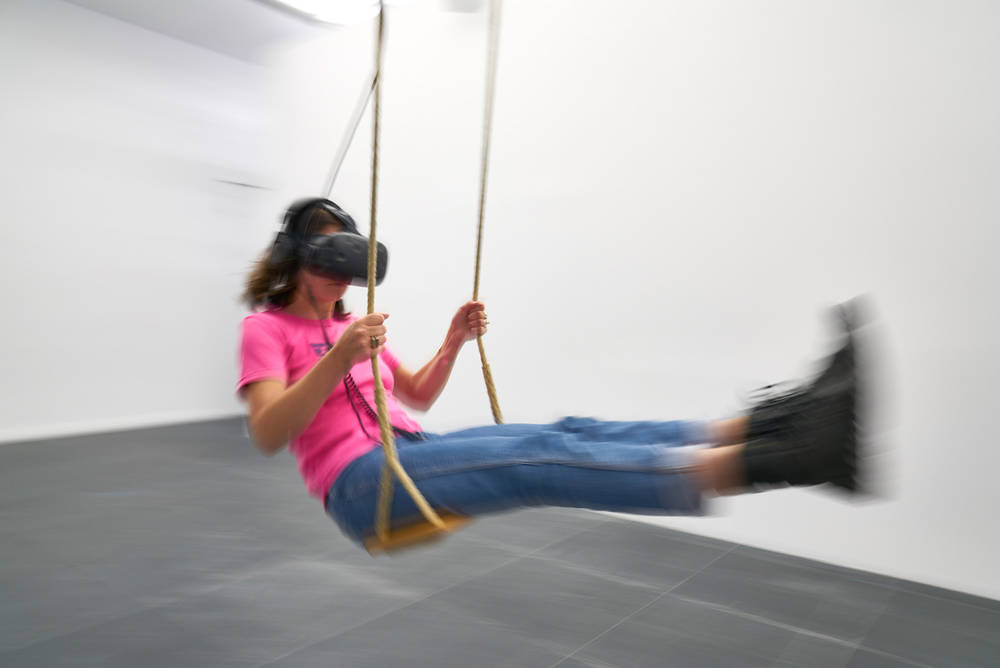
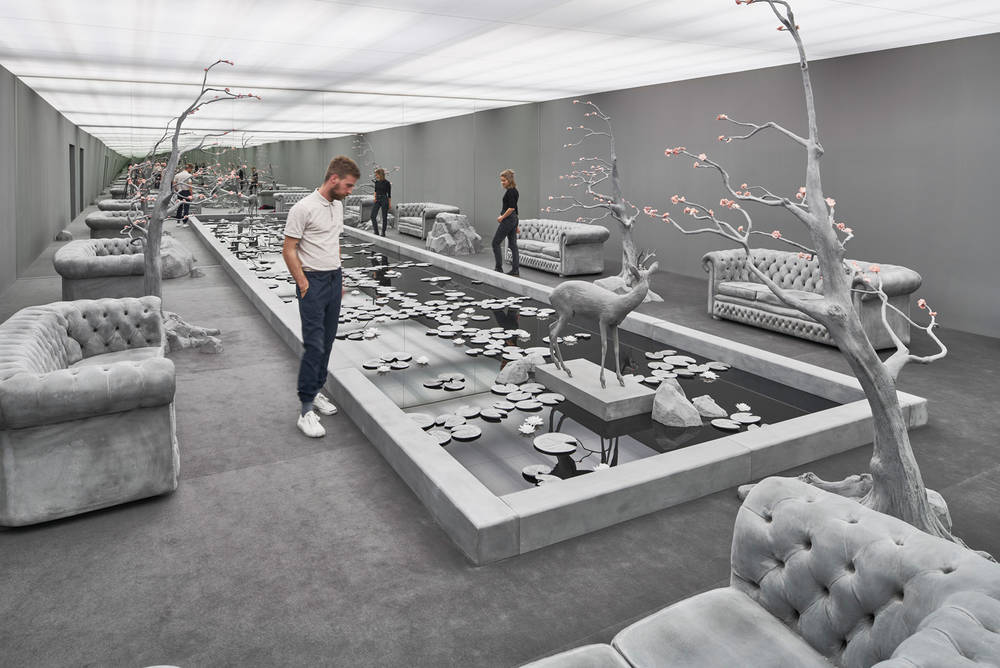
The only splashes of color in the scenery otherwise appearing as though frozen are individual blossoms in the trees, bending in an imaginary gust of wind. Meditative music accompanies the scene, and viewers quickly become immersed in this strange world that seems a little like an abandoned film set. The extent to which Hans Op de Beeck’s art of illusion is able to stand up to the sheer technological superiority of virtual reality is both astonishing and heartening. What is possibly even more astonishing is that VR is now even being used by security services. The department of “Central Photo-Technology and 3D Crime Scene Surveying” of the State Criminal Police Office (LKA) of Bavaria shows digital visualizations of real crime scenes in the exhibition, some of which may be entered via VR glasses.
Double murder in the living room
The virtual crime scenes are neither a game nor fictional, but are in fact used in the investigator’s work. “We place great emphasis on precision,” an LKA staff member comments. Visitors to the exhibition can thus enter the autopsy room and examine a corpse (even from the inside!). A precisely replicated bourgeois living room that has been the site of a double murder can also be explored. And it is here at the very latest that the latent potential of VR technology becomes clear, a potential beyond games and entertainment. Yet as an artistic medium, virtual reality still needs to find its own language.
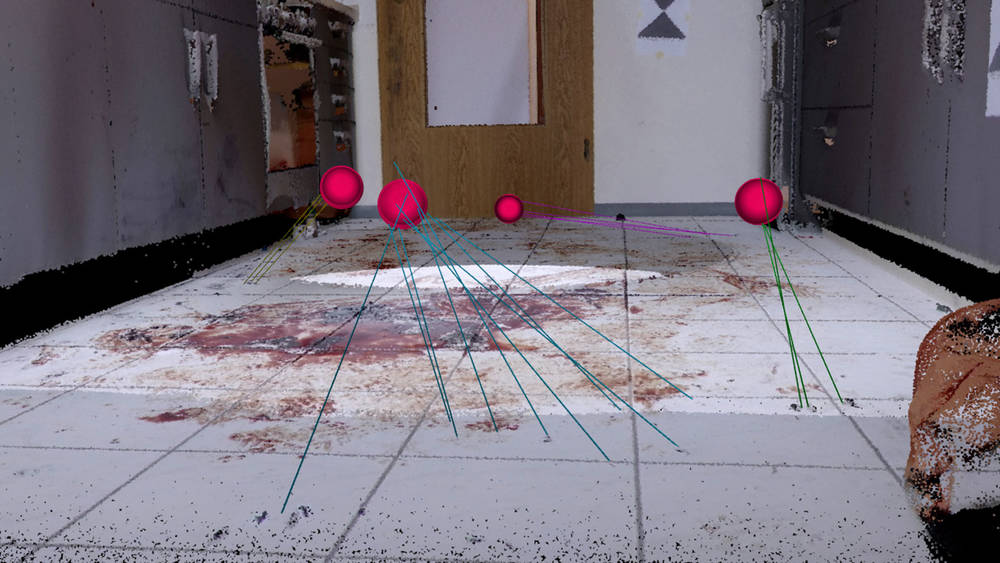
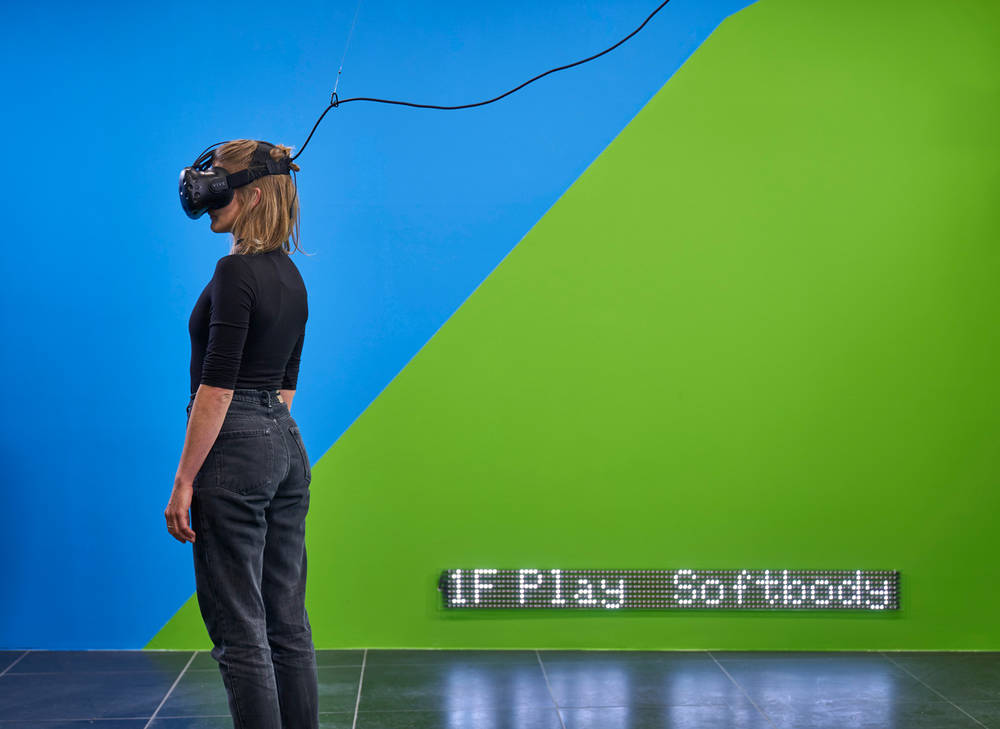
The VR installation “Wetware” by Manuel Roßner provides one possible approach to the problem. The Berlin-based artist has created a digital model of the Kunstverein, an empty and seemingly deserted building that may be investigated by way of VR glasses. At the center of the installation there is a monumental cube, which breaks through the ceiling, then becomes liquefied and floods the exhibition space. Using a controller, the user is able to influence the cube’s behavior and aggregate state. Roßner has conceived a site-specific, sculptural work that unfurls in the virtual space. Leaving the real, bricks-and-mortar Kunstverein, one is bound to feel a little wistful. After all, when do you get to see that many hanging cables in an exhibition, and so many people with clunky VR glasses acting like sleepwalkers? This seems like a beginning. Virtual art is just learning to fly.
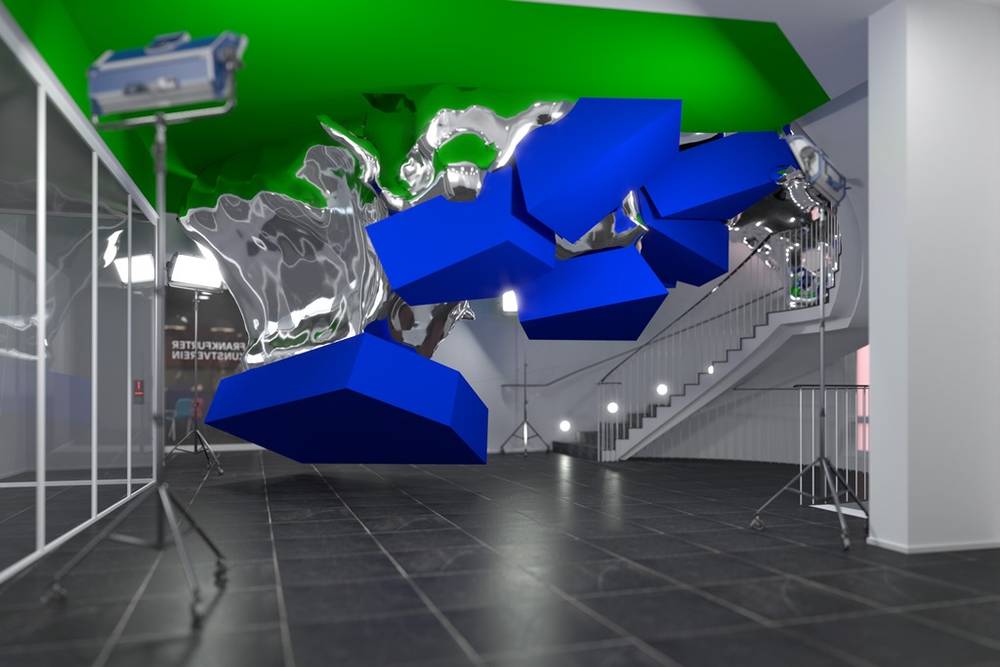
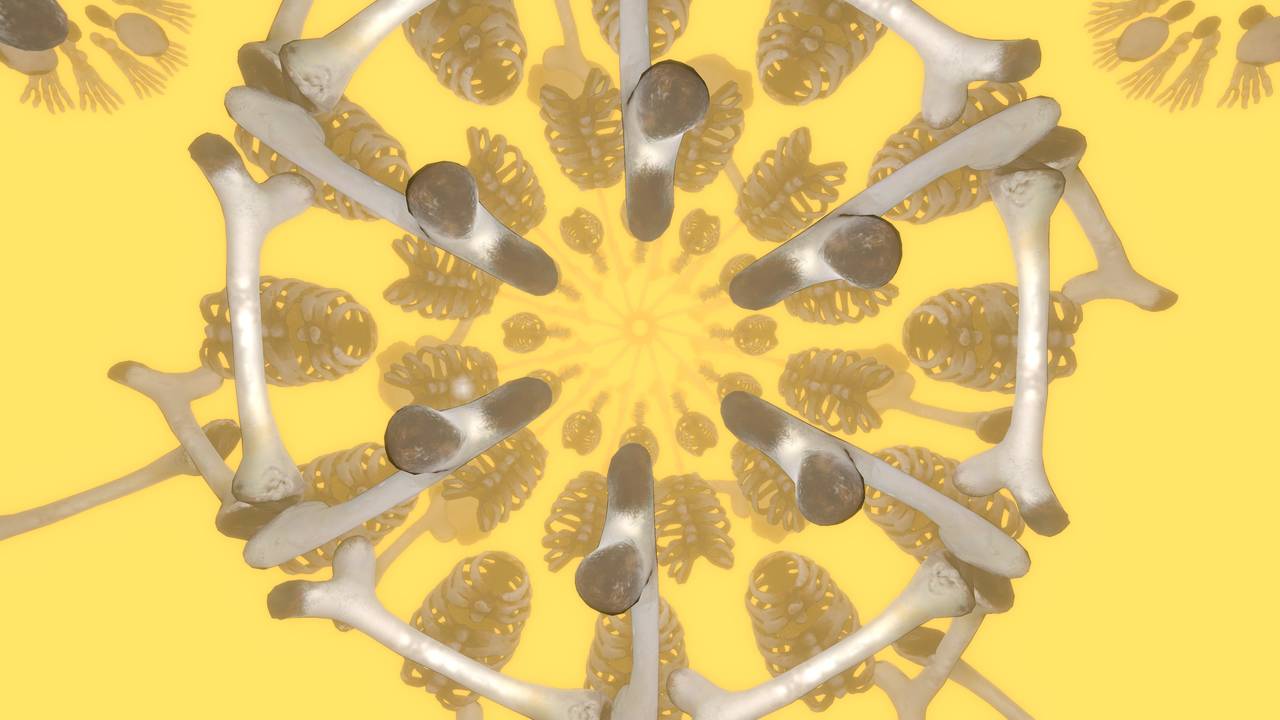
How Virtual Reality conquers the art world
Ever danced with a wolf? Artist duo Djurberg & Berg make it possible with their first virtual reality work. They are part of a young generation of...
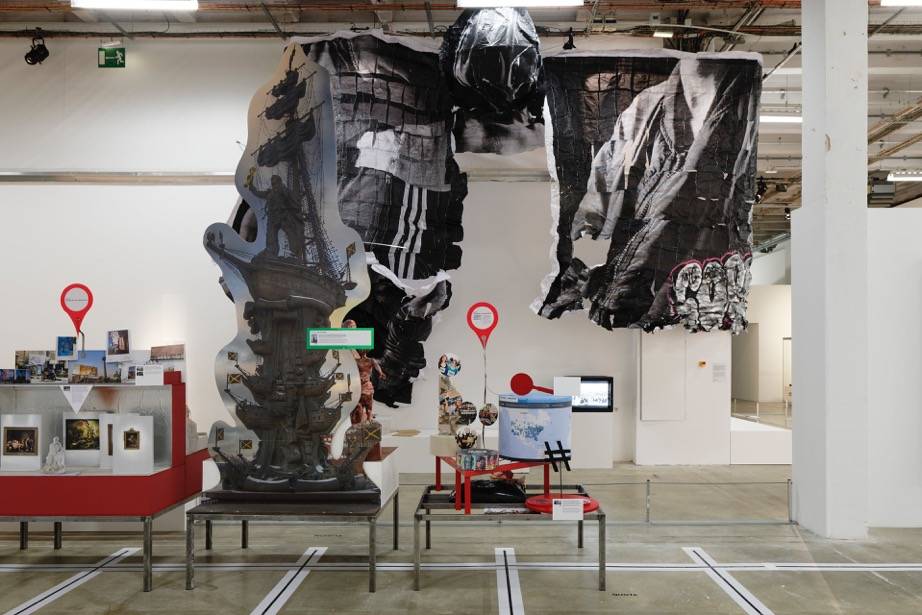
The enemy of my enemy
From August 23 onwards, a unique project by artist Neïl Beloufa will transform the SCHIRN into a stage. Palais de Tokyo is currently hosting Beloufa's...
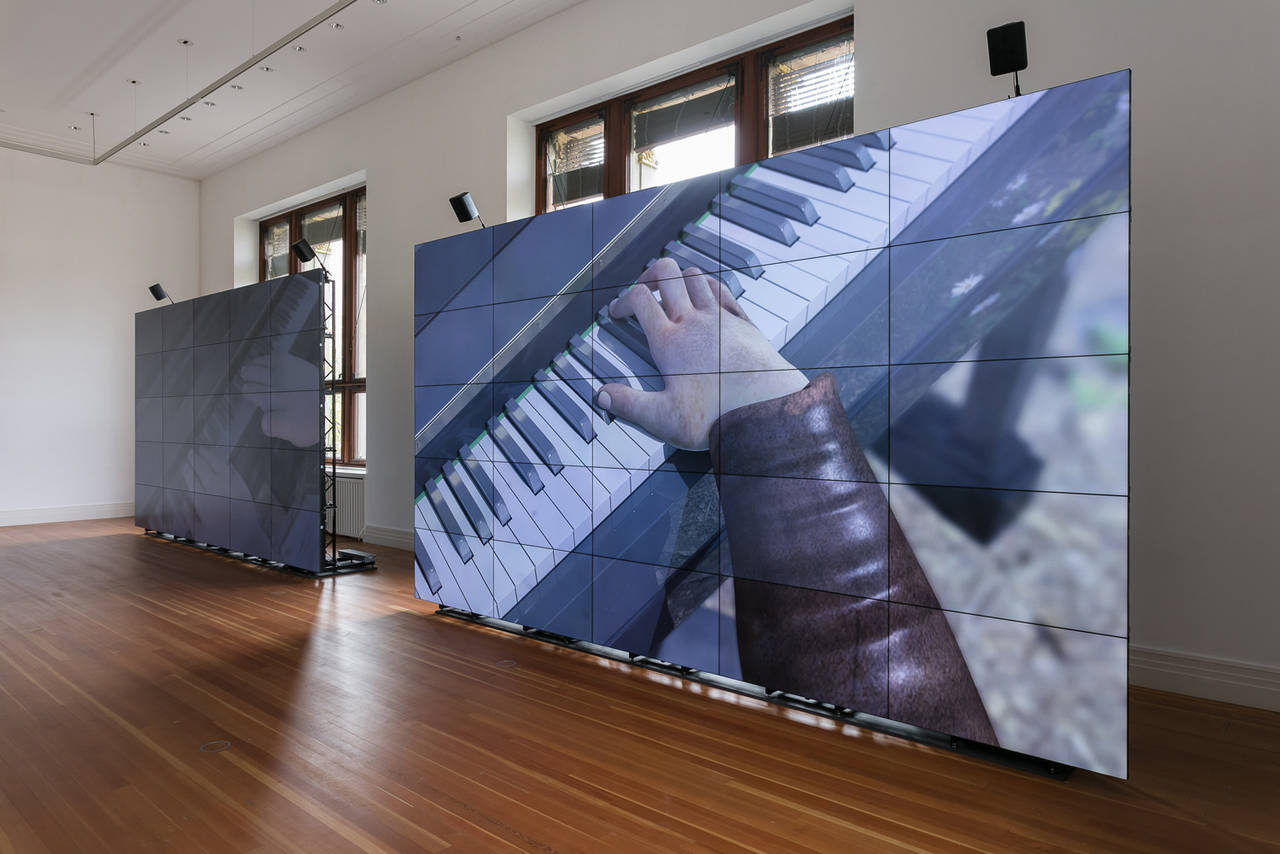
In the vicious circle of sadness
As part of the “Immersion” series, British artist Ed Atkins is presenting an exhibition at Martin-Gropius-Bau that addresses our ubiquitous escapism...
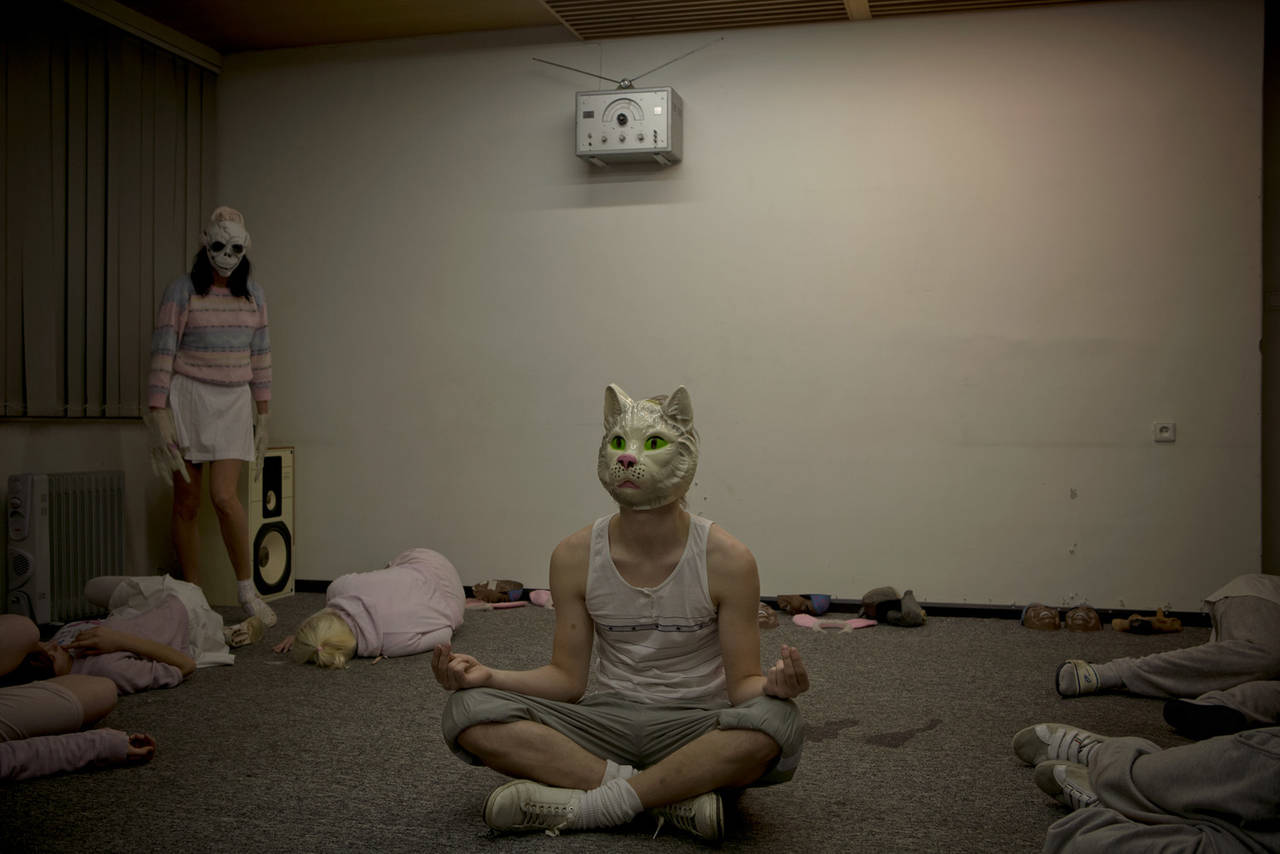
The border between reality and fiction
Its productions turn the theatergoer into an actor: An interview with performance collective SIGNA about immersion, fiction and its play “Das halbe...
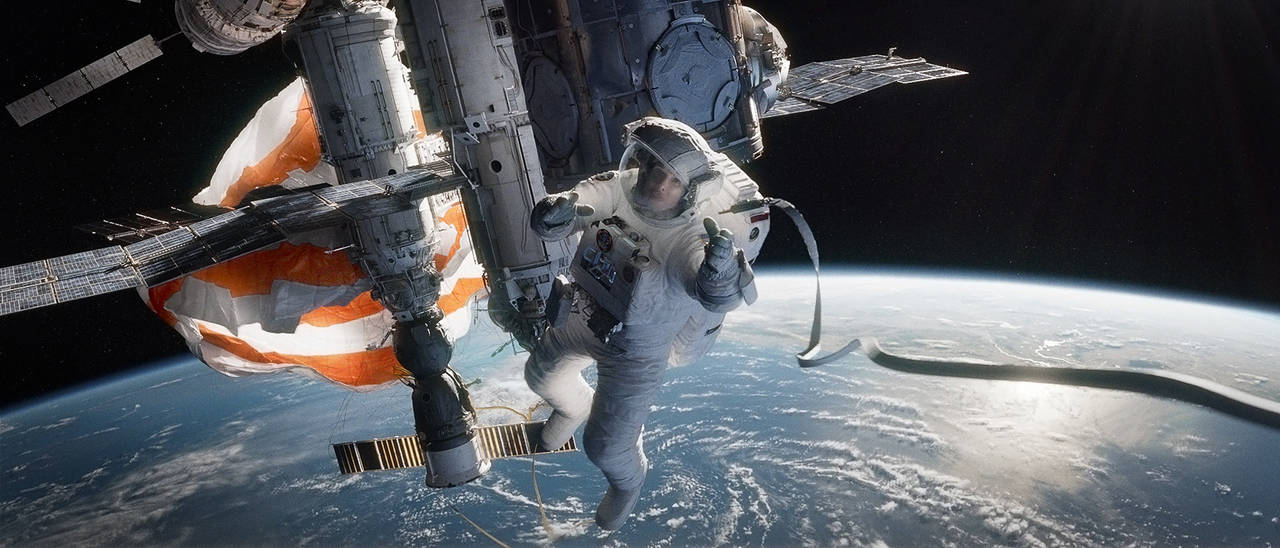
From window to pool
The distance between viewers and film is becoming ever smaller. Even 120 years ago, cinemagoers were jumping out of their seats as a locomotive...
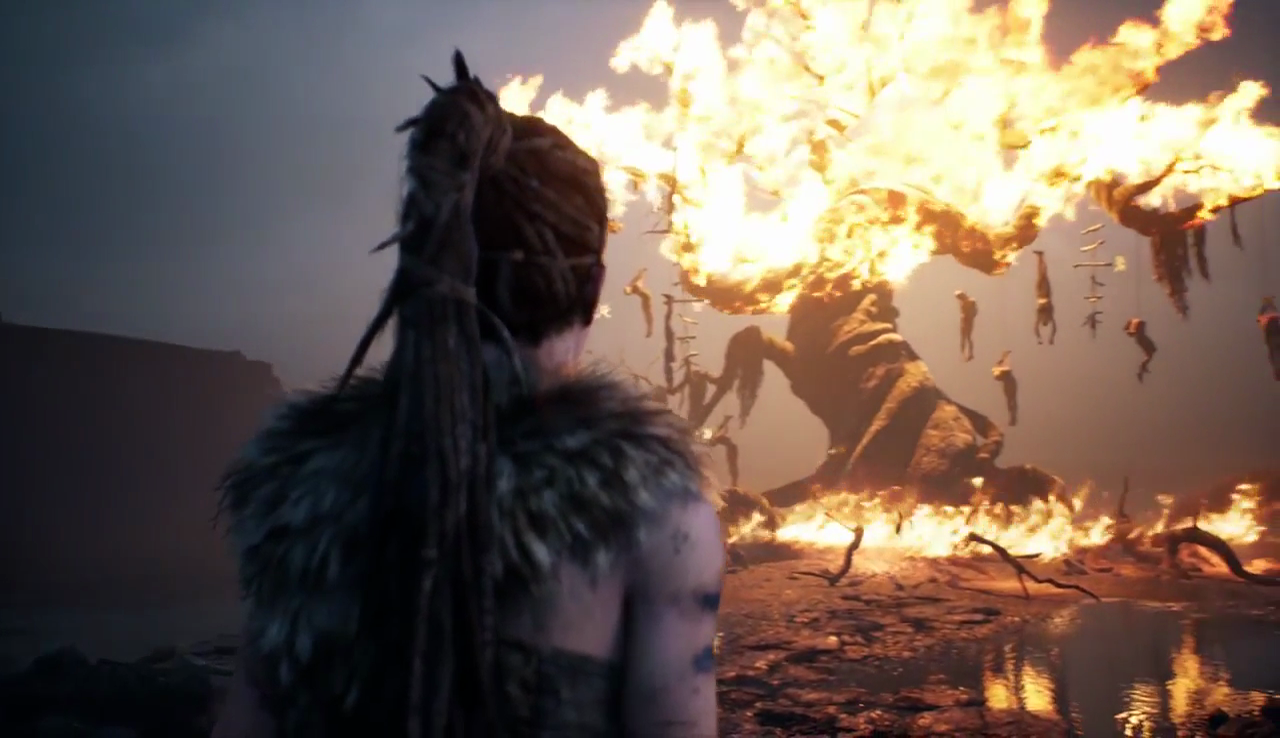
A walk-in diorama
These days, computer games are discussed in arts supplements. What is their appeal and how do they develop such a strong draw for people? Let’s play!
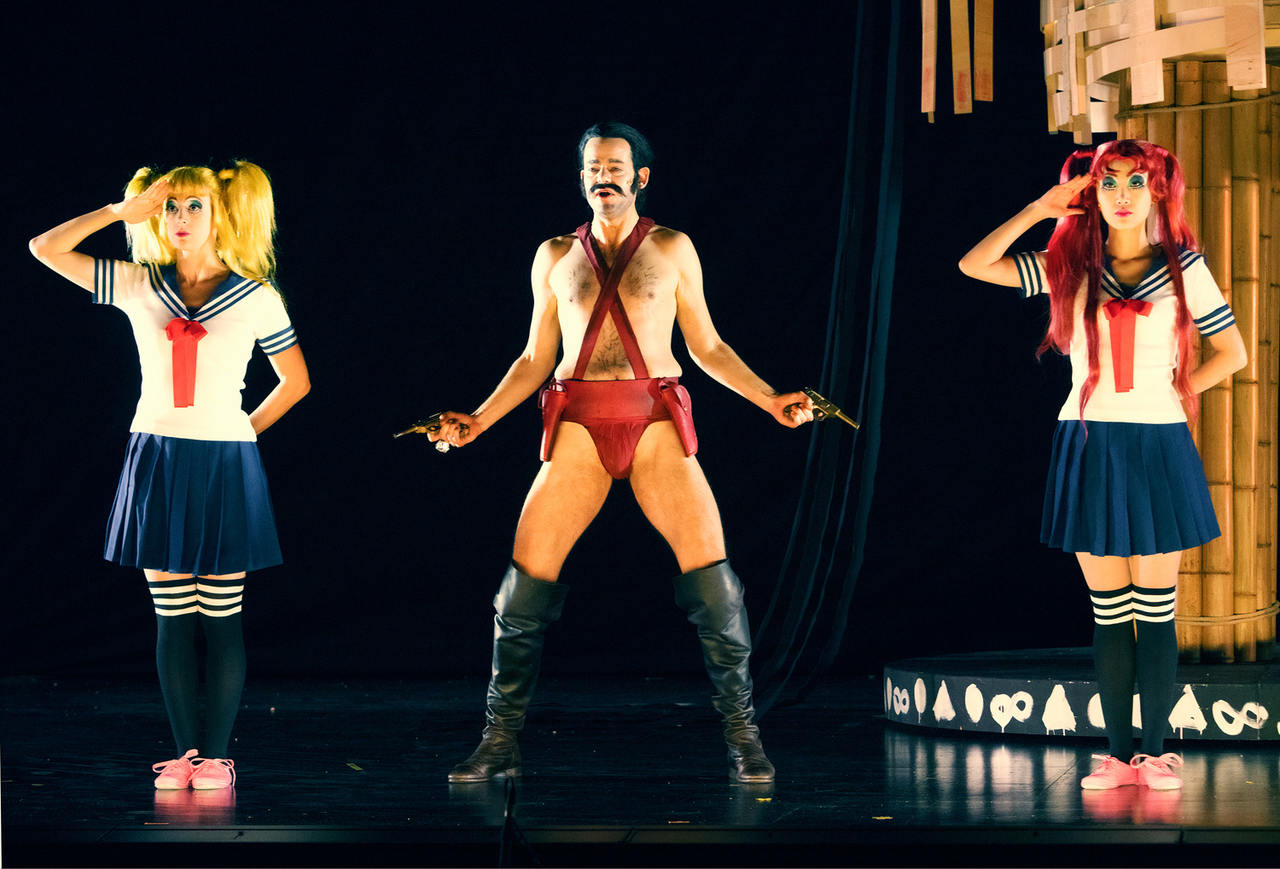
Hats off, it’s Wagner
The opera “Mondparsifal Beta 9-23” by Jonathan Meese at Berliner Festspiele draws visitors into a cosmos where logic plays only a subordinate role.
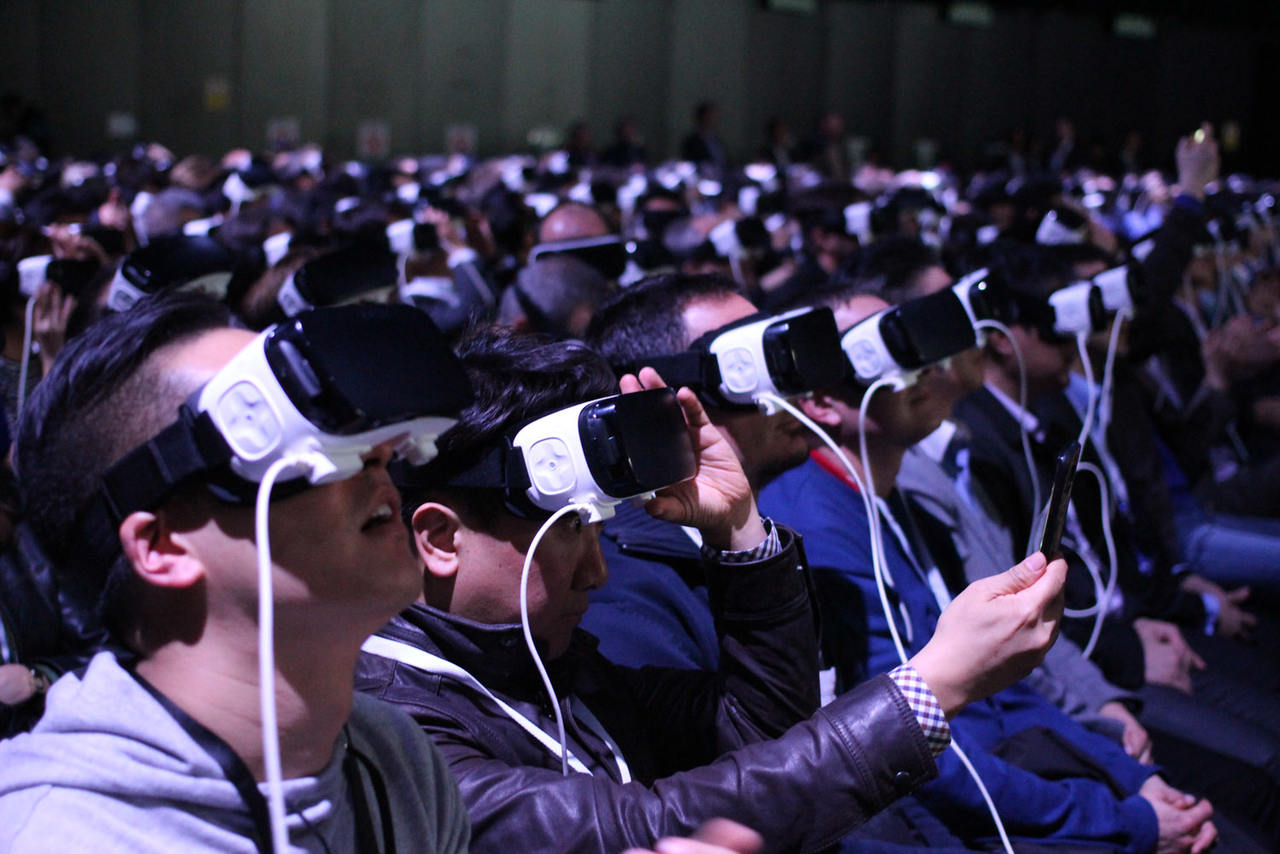
Complete dissolution
Is complete immersion in a virtual world a utopia or a dystopia? These and other questions are answered by Prof. Rupert-Kruse, immersion researcher,...
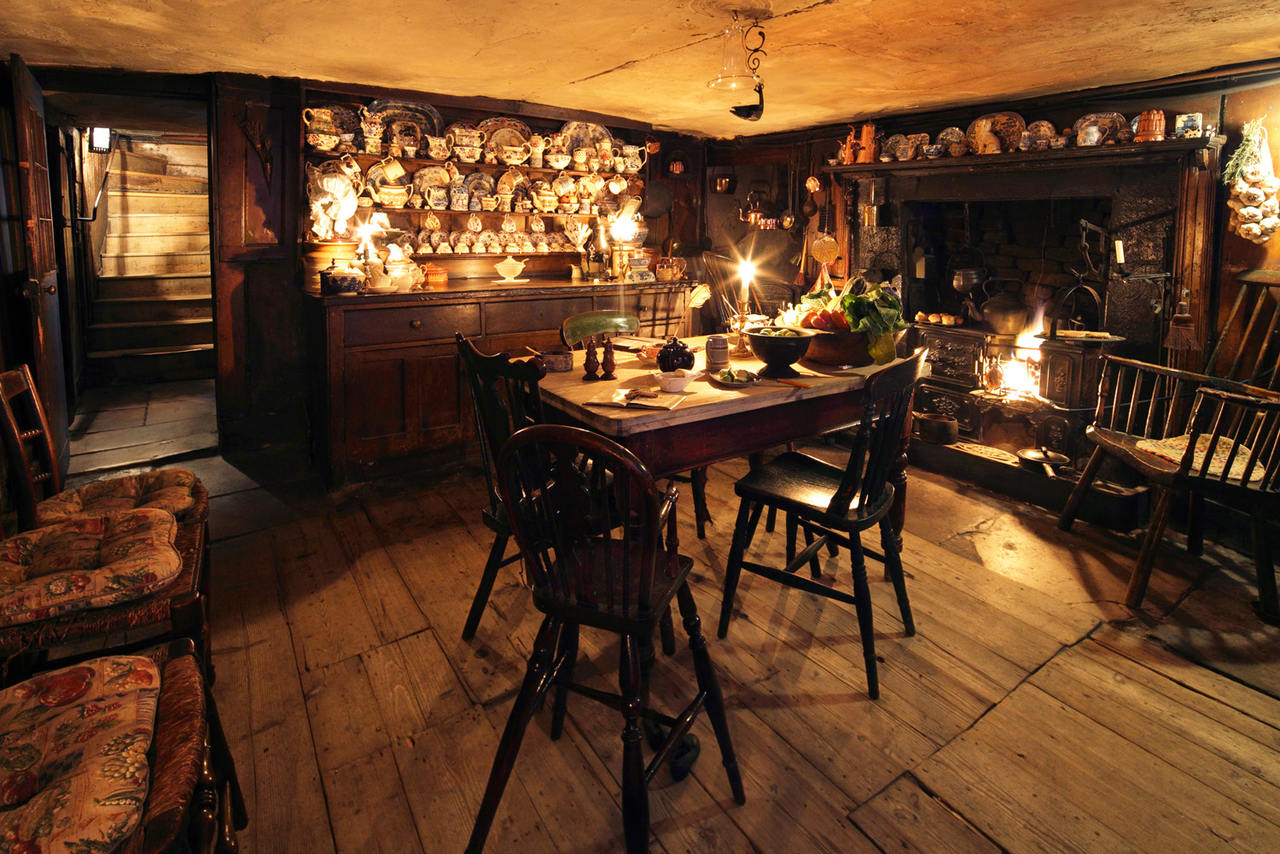
Who lives here?
Visitors can immerse themselves in a long bygone era at the Dennis Severs House in London. A truly great experience.
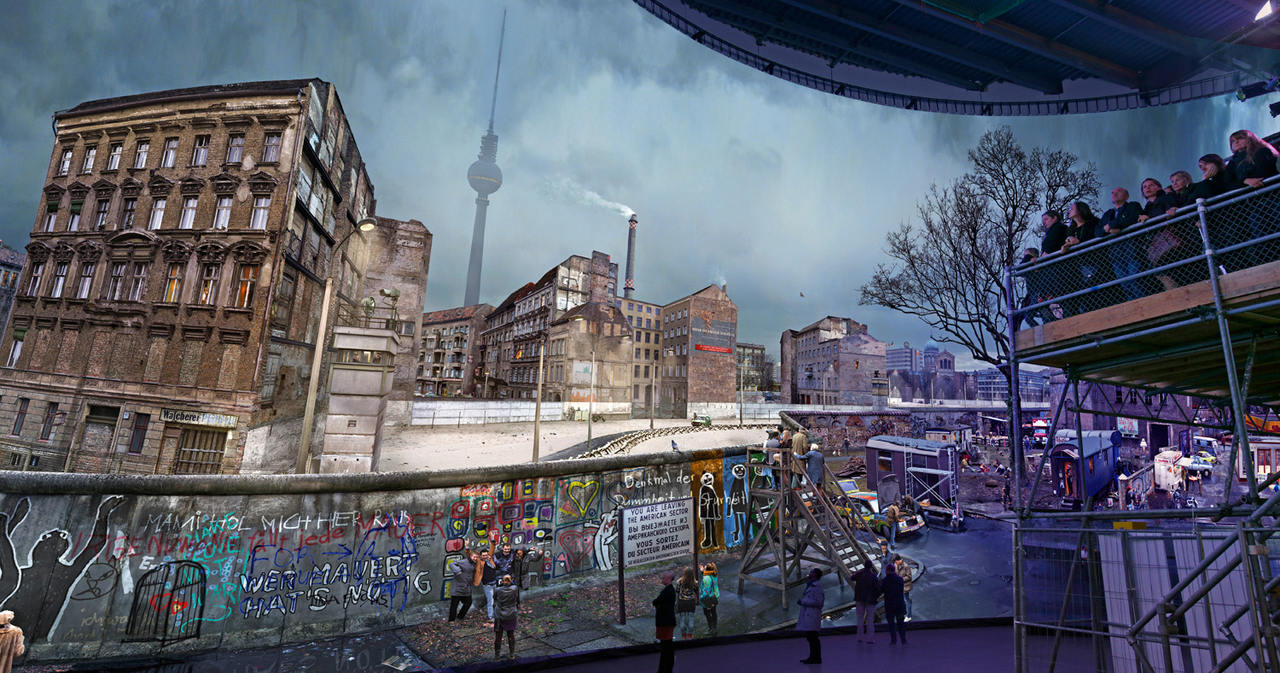
A journey back in time to a divided Berlin
It might not look very exciting from the outside: A large black rotunda that has landed on the onetime “Death Strip” of the Berlin Wall like a...
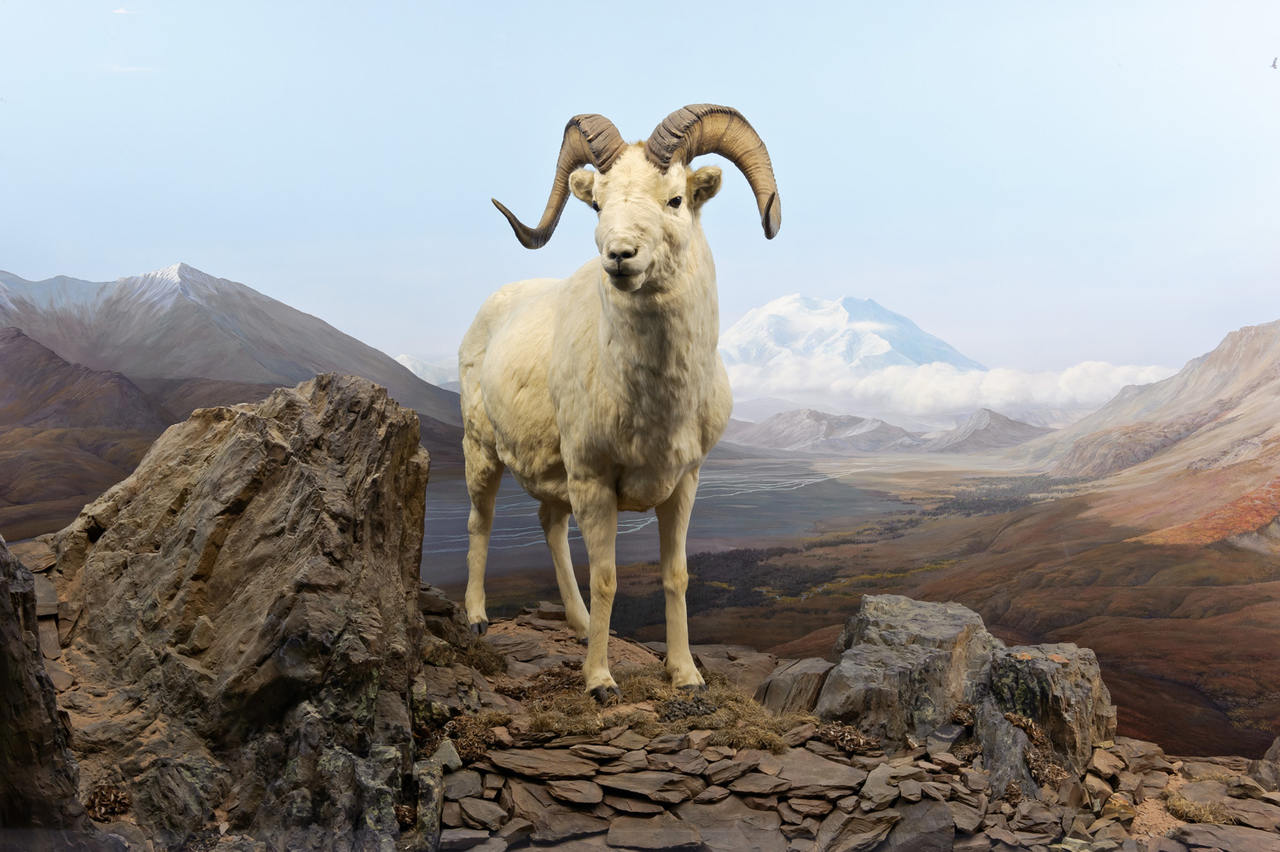
Diorama. Inventing Illusion
Reality or illusion: The SCHIRN presents a major exhibition dedicated to the idea of staged vision.
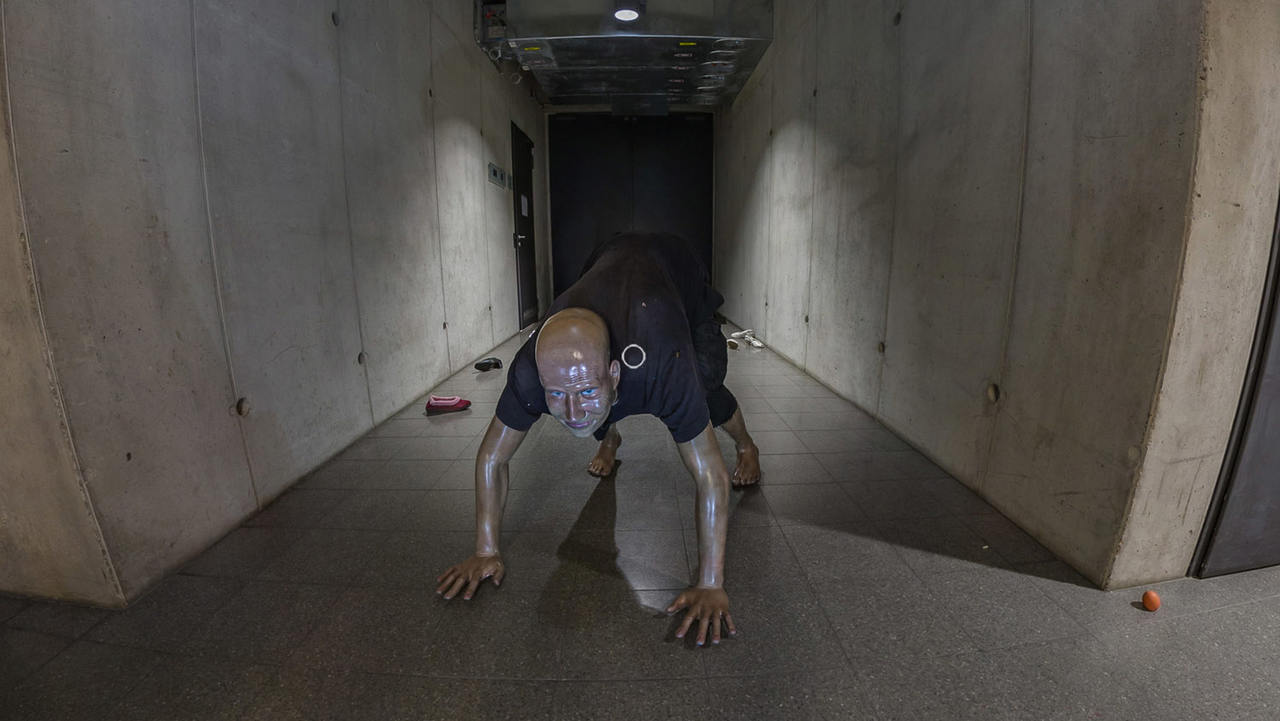
Zombies like us
The Internet is full of the undead. The artist duo New Scenario makes them visible — in works that function online, and even offline sometimes.